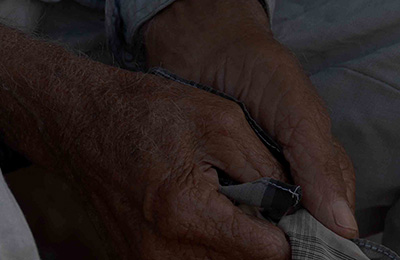Report / Jan 6, 2016
"You Only Pray that Somebody Would Step In": Mapping the Gaps Between Expert and Public Understandings of Elder Abuse in America
DOWNLOAD"You Only Pray that Somebody Would Step In": Mapping the Gaps Between Expert and Public Understandings of Elder Abuse in America
DOWNLOADThis report draws on in-depth individual interviews to find patterns in public thinking about elder abuse – and how they compare to the views of elder justice advocates and experts. Through this analysis, we find that the public struggles to see elder abuse as a societal problem that can and must be solved through collective action and public policy. The report concludes with initial recommendations for addressing this and other communication challenges.
